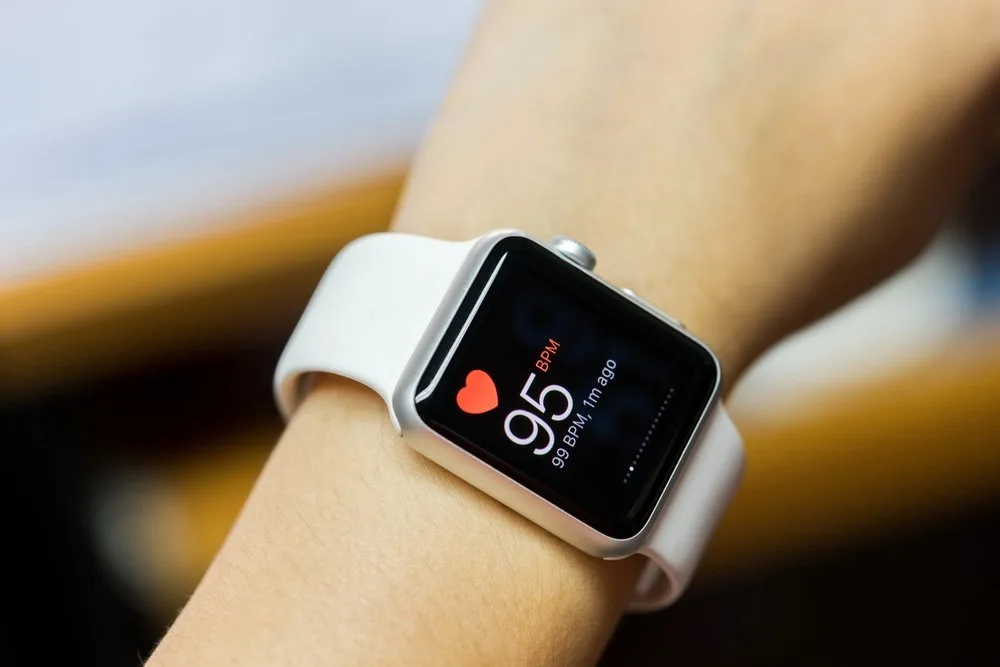Heart rhythm disorders can take the form of irregular heartbeat or arrhythmia. They can also refer to heartbeat which is too fast or too slow. Nonetheless, it’s not something that too many of us give much thought to. These are, however, relatively common healthcare conditions, particularly among older individuals. They can be extremely dangerous as they can potentially result in a heart attack or stroke.
Arrhythmia and irregular heartbeat
“It is estimated that as many as one in four adults over the age of 40 will develop some form of arrhythmia which can severely impact their quality of life,” says Dr. Faizel Lorgat, an interventional cardiologist who has sub-specialised in the treatment of heart rhythm disorders and practices at Netcare Christiaan Barnard Memorial Hospital in Cape Town.
“There is a great need for more people to be made aware of irregular heartbeat and the health consequences thereof, and we have therefore focused on creating a greater understanding of arrhythmia.”
Am I in danger?

Dr. Lorgat explains that a heart rhythm disorder or cardiac arrhythmia is caused by a fault or faults in the electrical circuitry of the heart. He says it is a good idea to learn how to take your own pulse as it can be used to provide a basic indication of your heart health and can help you to establish whether you might have any heart rhythm problems.
“Patients with heart rhythm problems may experience symptoms such as palpitations, which can take the form of fast or slow heart rates, or missed or extra beats, dizziness, and blackouts and may even suffer a heart attack [cardiac arrest] or a stroke as a result. The condition is sometimes associated with chest pain, shortness of breath, and sweating. You should consult a doctor if you experience any of these symptoms, or have any health complaints that may or may not relate to these symptoms,” he advises.
Can it be treated?
According to Dr. Lorgat, over the last 30 years, significant advances have been made in the field of cardiology in general, and particularly in the understanding and treatment of heart rhythm problems. Electrophysiology is the sub-specialty of cardiology involved in the diagnosis and treatment of arrhythmias, and cardiologists who specialise in the treatment of heart rhythm problems are known as electrophysiologists.
“Cardiac electrophysiology can be explained through a simple metaphor: Imagine the heart is like a motor car engine. It needs a fuel supply and an electrical system to enable it to run. The ‘fuel supply’ is the blood supply to the heart, which transports oxygen and other important ‘fuels’ to the heart muscle. The electrophysiological functioning or ‘electrical system’, of the heart is regulated through a complex system that starts with the sinus node, which we could call the ’spark plug’ of the heart. The electrical charges generated there then spread through specialised conducting tissue, which is like the ‘electrical wiring’ of the heart, enabling it to pump in rhythm,” explains Dr Lorgat.
Early diagnosis is important
He says the early diagnosis and treatment of heart rhythm disorders can dramatically improve the quality of people’s lives and even save lives.

A number of situations require an electrophysiological study, which is a special assessment of heart rhythm problems. Treatment choices for irregular heartbeat are very much dependent on the cause of the irregular heartbeat and how serious the condition is. In some cases, the problem is so minor that it requires little or no medical intervention while other cases are serious enough to be life-threatening.
“It is important to investigate heart rhythm problems thoroughly to ascertain the magnitude of the problem, as well as the options available in terms of treatment. Most doctors have a working knowledge of the heart’s electrical system, but the majority of patients need to consult an electrophysiologist for a complete workup and assessment of the problem.
Alternative options
“Generally, the only treatment for a slow heart rhythm is the insertion of a pacemaker. If the heart rhythm is too fast, or where there are missed or extra beats, on the other hand, may require further management using either medication, the insertion of a device called an implantable cardioverter defibrillator [ICD], or a cardiac catheter ablation procedure. The latter is a minimally invasive procedure to selectively burn or freeze specific malfunctioning areas or structures within the heart that are causing the heart rhythm disorder.
“Heart rhythm problems are often managed conservatively with medication, but unfortunately this form of treatment is not always completely effective, and patients may experience significant side effects in some cases. In some instances, heart failure stems from abnormalities in conduction, which requires that an electrophysiologist implant specialised forms of pacemakers or defibrillators.”
Conclusion
Treatment of rhythm problems is done in an electrophysiology (EP) laboratory equipped with the same imaging equipment as a standard cardiac catheterisation laboratory, but also incorporates additional specialised monitoring systems to assess the heart rhythm and the electrical conduction within the heart.
The bottom line
Heart awareness opens up the opportunity for everyone to learn more about arrhythmias, which are a major cause of cardiac death in many countries. If people think more about this all-important aspect of their health, we will have achieved a great deal and perhaps even save lives.



![women [longevity live]](https://longevitylive.com/wp-content/uploads/2020/01/photo-of-women-walking-down-the-street-1116984-100x100.jpg)










